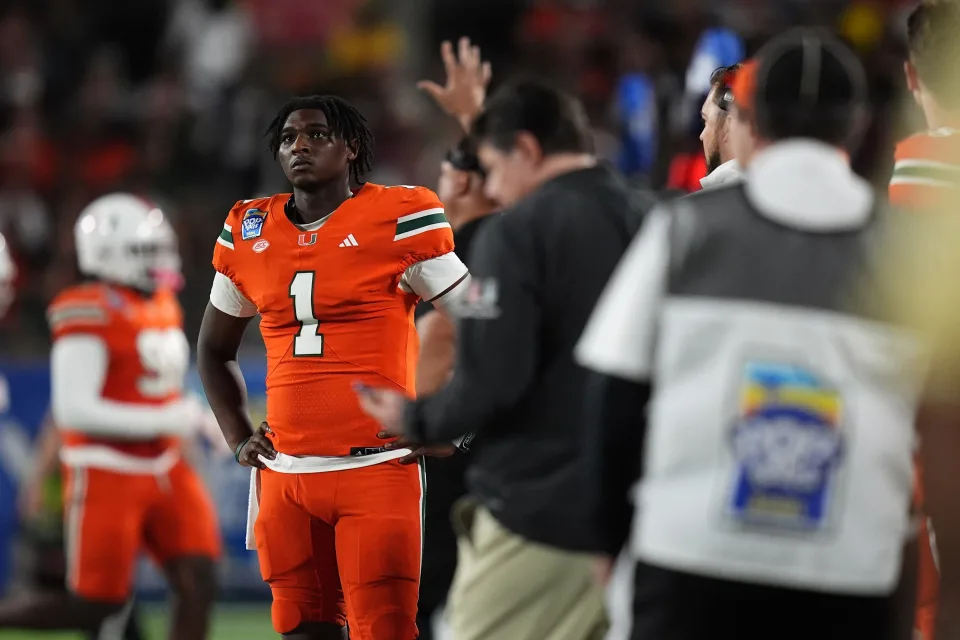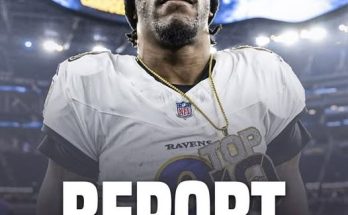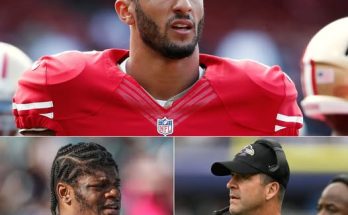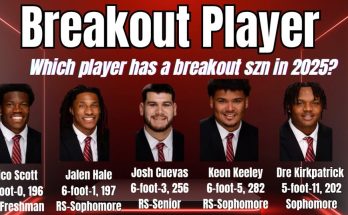College sports have long been celebrated as a pinnacle of amateur athletic competition—a platform where young athletes showcase their talents, schools build traditions, and fans revel in the raw excitement of competition. Yet, beneath the surface of pageantry, packed stadiums, and television deals lies a deep, systemic rot that threatens the very essence of collegiate athletics. Recent developments involving programs like Miami Hurricanes football and Florida State University (FSU) basketball underscore a growing truth: college sports, as they currently stand, are fundamentally broken.
The Miami Hurricanes football program, once a symbol of dominance and swagger in the college football world, has struggled in recent years to regain its foothold among the nation’s elite. Meanwhile, FSU basketball, a program with rich history and expectations, has faced its own share of turmoil, coaching upheavals, and inconsistent performances. These two programs, hailing from the same state but different sports, reveal broader systemic problems—issues that extend beyond individual wins and losses, touching on recruitment, governance, athlete welfare, financial interests, and the ever-expanding commercialization of college sports.
At the heart of the problem is the overwhelming pressure on programs to win, often at the expense of everything else. The “win-at-all-costs” mentality has led to a vicious cycle where coaching staffs are hired and fired with alarming frequency, recruiting scandals abound, and athletes become commodities rather than students. Miami and FSU have both been emblematic of this dynamic. Miami’s football team, which once produced NFL legends and memorable national championship runs, has become a program marked by instability, frequent coaching changes, and unmet expectations. Likewise, FSU basketball has experienced a revolving door of coaches and an inability to maintain consistent success, leading to fan frustration and a tarnished reputation.
This relentless demand for success drives a culture where short-term gains often overshadow long-term stability. Coaches are judged primarily on their ability to win quickly, which discourages building programs with strong fundamentals, academic integrity, or player development beyond the court or field. The consequences are visible in the cyclical nature of these programs’ struggles. For Miami football, despite top-tier recruiting classes and promising talent, the program has often faltered under pressure, unable to sustain momentum or build a consistent winning culture. Similarly, FSU basketball has seen flashes of brilliance overshadowed by inconsistency and scandal.
Another glaring issue exposed by the recent turmoil in Miami and FSU programs is the broken nature of the NCAA’s governance and regulatory framework. The NCAA was originally designed to protect student-athletes and preserve the amateur nature of college sports. However, as revenues from television contracts, sponsorships, and merchandising have exploded—especially in marquee sports like football and basketball—the governing body has struggled to keep pace. Rules about athlete compensation, recruiting, and eligibility have often been out of step with the modern realities of college sports, resulting in a patchwork system ripe for exploitation.
Both Miami and FSU have had their share of NCAA investigations and compliance issues. These troubles reveal how programs are sometimes pushed to bend or break rules to remain competitive. The uneven enforcement of regulations and inconsistent penalties only deepen the cynicism surrounding college sports. When powerhouse programs face little consequence for infractions while smaller schools suffer severe punishments, it undermines the integrity of the entire system. The NCAA’s inability to reform itself in meaningful ways contributes directly to the dysfunction plaguing programs like Miami football and FSU basketball.
A related and equally troubling aspect is the exploitation of the athletes themselves. For decades, college athletes generated billions of dollars in revenue for their schools, conferences, and the NCAA, yet they saw little to no direct compensation beyond scholarships. The recent advent of Name, Image, and Likeness (NIL) rights has begun to change that landscape, but the transition has been chaotic and uneven. While some athletes have secured lucrative deals, many others remain on the margins, navigating an unregulated marketplace that favors high-profile players and those with access to savvy agents and marketers.
Miami Hurricanes football players and FSU basketball athletes alike have faced the uncertainty and uneven benefits of NIL deals. While some star players may profit, the majority of athletes still grapple with balancing academic responsibilities, demanding training schedules, and the pressures of performance—all without a guaranteed financial safety net. This inconsistency adds to the overall fragility of college sports and calls into question whether current structures truly serve the interests of the athletes they claim to protect.
Financial disparities between programs further expose the broken system. Elite football and basketball programs like Miami and FSU operate with enormous budgets, often dwarfing the resources available to other sports within their athletic departments. This creates a distorted ecosystem where football and basketball are prioritized at the expense of other sports, leading to cuts, reduced scholarships, and less attention for less prominent athletes. The hyper-commercialization of college football and basketball has also led to schedules designed more for television ratings than for player health or academic balance, with long travel times and condensed seasons wearing down athletes.
Moreover, the pressure to succeed financially has led to a focus on recruiting top talent from across the country, often at the cost of local community engagement and education. Both Miami and FSU have been criticized for aggressive recruiting tactics that sometimes neglect academic fit or player well-being. When athletes are viewed primarily as revenue-generating assets, it diminishes the educational mission of college athletics and leaves many players unprepared for life beyond sports.
Beyond the institutional challenges, the fan experience itself is affected by these problems. Fans expect and deserve programs that reflect commitment, integrity, and consistent effort. Yet, the revolving door of coaches, scandals, and inconsistent play leaves supporters disillusioned. The rich traditions of Miami Hurricanes football and FSU basketball risk becoming relics overshadowed by the constant churn of modern college sports. This erosion of loyalty and trust harms not only fan engagement but also the cultural and community aspects that make college sports unique.
The ongoing conference realignments and media rights deals further complicate the picture. Schools are chasing ever-larger television contracts, sometimes moving between conferences with little regard for geography, rivalries, or historical connections. Miami and FSU, both members of the Atlantic Coast Conference (ACC), have been directly impacted by shifting conference landscapes that prioritize money over tradition. These moves often exacerbate travel burdens on athletes and dilute longstanding rivalries, alienating fans and further commercializing what was once a more regional and student-centered competition.
Ultimately, the examples of Miami Hurricanes football and FSU basketball illustrate a broader truth: college sports are caught between tradition and transformation, integrity and commercialization, amateurism and professionalization. The current model, with its fractured governance, uneven enforcement, athlete exploitation, and financial inequities, is unsustainable. Without serious reforms that prioritize athlete welfare, academic balance, transparent governance, and sustainable financial models, the foundation of college sports will continue to erode.
The challenge going forward is immense but not insurmountable. Solutions might include clearer and more consistent NCAA regulations, better support and education for athletes navigating NIL opportunities, realignment of priorities to emphasize academics and well-being alongside athletic performance, and a reevaluation of the relationship between universities and commercial interests. It will require courage from school leaders, coaches, athletes, and fans to push back against the status quo and demand a system that honors both the sport and the student.
Miami Hurricanes football and FSU basketball are just two high-profile examples among many that reveal the broken nature of college sports today. Their struggles and scandals are symptoms of a deeper malaise—one that threatens the future of a beloved American institution. As these programs grapple with the realities of modern college athletics, the broader community must ask difficult questions about what they want college sports to be and whether the current system can deliver on those promises. Without thoughtful reform, the very spirit that makes college sports special risks being lost forever.



